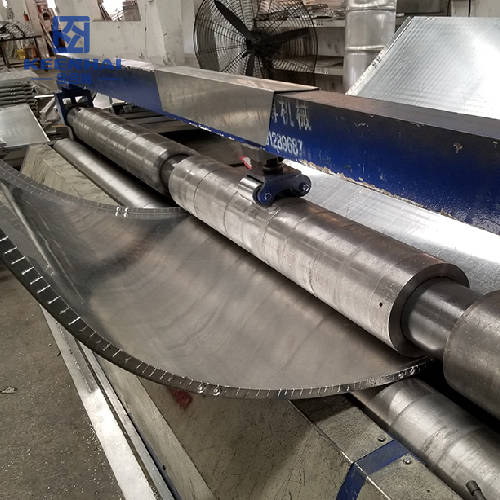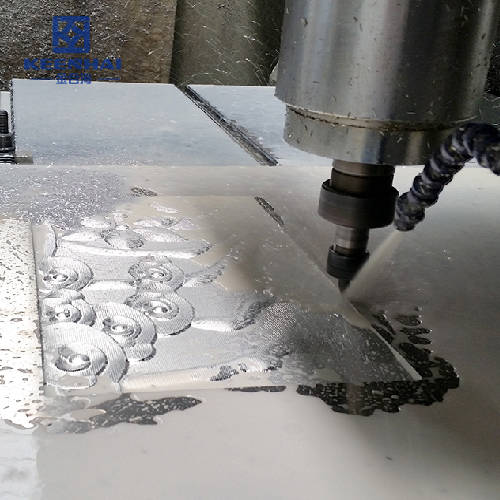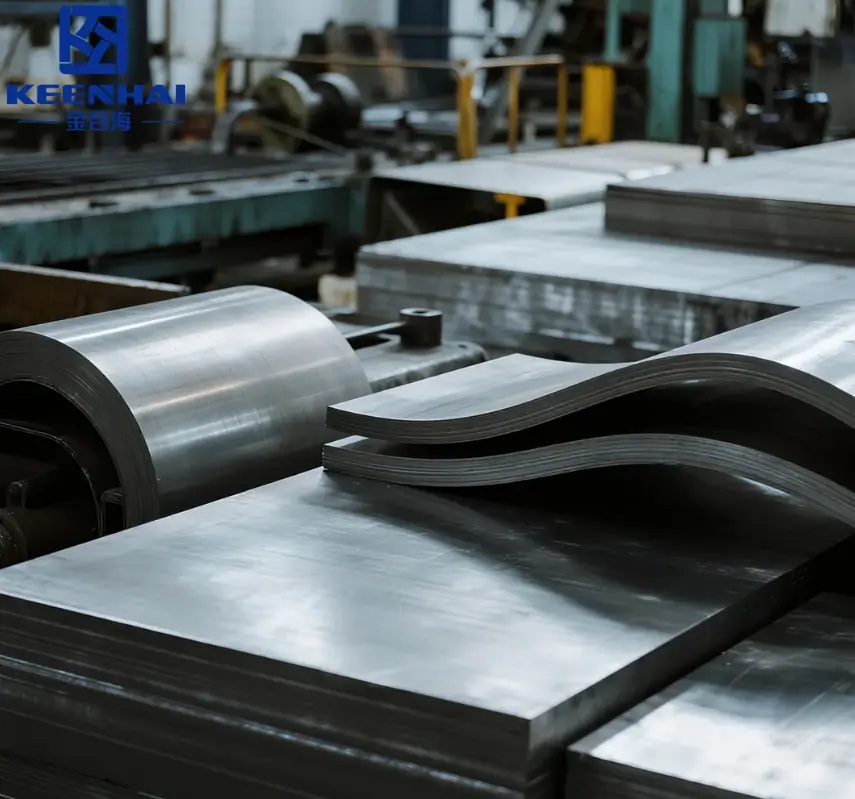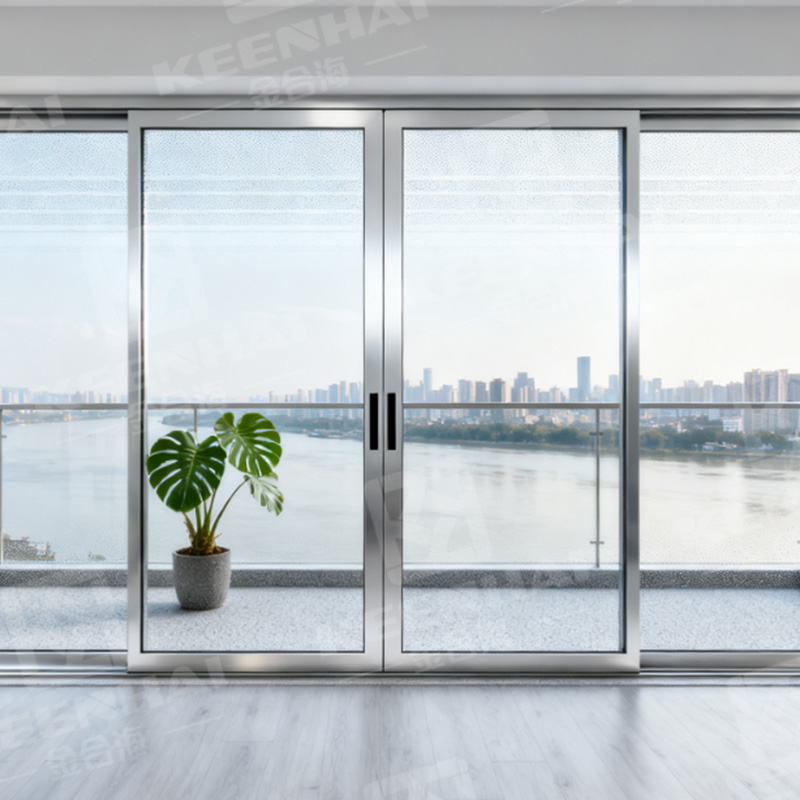If you’re wondering about the difference between Inox နှင့် အစွန်းခံသံမဏိ, the short answer is simple: they are essentially the same material, but the grade and application make all the difference. Inox usually refers to stainless steel in general, while the choice between types like 304 and 316 affects cost, rust resistance, and long-term durability. For kitchens, indoor projects, and areas without harsh exposure, 304 သံမဏိ is often enough. In marine or outdoor environments, 316 is the smarter option because of its superior corrosion resistance. This guide will break down cost, durability, and real-life uses so you can pick the right grade for your project in 2025.
1.What Is Inox Material?
1.1Definition of Inox Material
ဝေါဟာရ Inox originates from the French word stainless, which translates to “stainless.” Inox material is another name for stainless steel, commonly used in Europe and certain industries like kitchenware and architecture. Thanks to its unique chemical composition, the term emphasizes the material’s ability to resist rust and staining.
1.2Key Properties of Inox Material
ခရိုမီယမ်ပါဝင်မှု (များသောအားဖြင့် 10.5% အထက်) ကြောင့် Inox ပစ္စည်းသည် အလွန်ကောင်းမွန်သော ချေးခံနိုင်ရည်အတွက် ကျော်ကြားသည်။ ၎င်းသည် ဓာတ်တိုးခြင်းမှ ကာကွယ်ပေးပြီး မျက်နှာပြင်ပေါ်တွင် passive အလွှာတစ်ခု ဖန်တီးပေးသည်။ ၎င်းသည် ၎င်း၏ စက်ပိုင်းဆိုင်ရာ ကြံ့ခိုင်မှု၊ တာရှည်ခံမှုနှင့် အမြင်အာရုံ ဆွဲဆောင်မှုရှိသော ပွတ်တိုက်မှုများအတွက်လည်း တန်ဖိုးထားပြီး ၎င်းသည် လုပ်ဆောင်ချက်နှင့် အလှဆင်ခြင်းဆိုင်ရာ အသုံးချပရိုဂရမ်နှစ်ခုလုံးအတွက် ရွေးချယ်မှုတစ်ခုဖြစ်စေသည်။
2.What Is Inox and Stainless Steel?
Inox, short for acier inoxydable, is a high-chromium အစွန်းခံသံမဏိ alloy that offers superior resistance to rust and staining. It is widely used in high-end applications like kitchen equipment, jewelry, and marine products.
Stainless steel, in general, is a broad category of alloys that includes Inox and other grades. It contains a minimum of 10.5% chromium to prevent corrosion but may vary in nickel, molybdenum, and other alloy content depending on the grade.
| ထူးခြားချက် | Inox | အစွန်းခံသံမဏိ |
|---|---|---|
| Chromium Content | Typically 18%+ | 10.5%-18% (varies by grade) |
| Corrosion Resistance | Very high | High |
| Common Uses | Kitchen equipment, jewelry | Construction, automotive, appliances |
All Inox is stainless steel, but not all stainless steel qualifies as Inox. This distinction is important when choosing materials for harsh environments.
3.Durability and Corrosion Resistance
-
Inox: Extremely resistant to oxidation, ideal for outdoor or high-humidity environments. It rarely rusts and maintains a polished finish over time. In marine environments, Inox 316 is often preferred for its molybdenum content, which improves corrosion resistance against saltwater.
-
Standard Stainless Steel: Durable and corrosion-resistant, but some grades like 304 may show minor surface rust if not maintained. For indoor projects, 304 stainless steel is usually sufficient.
Example: A stainless steel kitchen sink made of 304 grade may last 10–15 years with proper care, while a 316 Inox sink in a coastal home can easily last 20+ years without visible corrosion.

4.Inox Material နှင့် Stainless Steel နှိုင်းယှဉ်ခြင်း။
4.1Terminology Differences
Inox material နှင့် stainless steel အကြား အဓိက ခြားနားချက်တစ်ခုမှာ ဝေါဟာရဗေဒတွင် ရှိသည်။ Inox material သည် ဥရောပတွင် အသုံးများသော အသုံးအနှုန်းဖြစ်ပြီး၊ Stainless Steel သည် ကမ္ဘာလုံးဆိုင်ရာ အသုံးအနှုန်းဖြစ်ပြီး၊ nomenclature ကွဲပြားသော်လည်း၊ ၎င်းတို့သည် တူညီသောပစ္စည်းကို ရည်ညွှန်းသည်။
4.2Performance Similarities
၎င်းကို Inox material သို့မဟုတ် stainless steel ဟုခေါ်သည်ဖြစ်စေ ပစ္စည်း၏စွမ်းဆောင်ရည်သည် တသမတ်တည်းရှိနေပါသည်။ ဝေါဟာရနှစ်ခုစလုံးသည် ဆောက်လုပ်ရေး၊ အိမ်သုံးပစ္စည်းများနှင့် စက်မှုလုပ်ငန်းတွင် အလားတူအသုံးအဆောင်များဖြင့် ချေးခံနိုင်ရည်ရှိသော၊ တာရှည်ခံသတ္တုစပ်ကို ဖော်ပြသည်။
4.3Variations in Perception
The difference in naming can create a perception that they are distinct materials. For example, “Inox” may be seen as a more premium brand in certain regions due to its association with European quality. In reality, the distinction is purely semantic.
4.4Cost Comparison
Material cost is often the first consideration for many projects.
| ပစ္စည်း | Average Price per Kg (USD) | Notes |
|---|---|---|
| Inox | 5–8 | Premium, corrosion-resistant |
| အစွန်းခံသံမဏိ | 3–6 | Cost-effective, versatile |
-
Inox: Higher upfront cost due to chromium and alloy content, but lower maintenance and longer lifespan often justify the price.
-
အစွန်းခံသံမဏိ: More budget-friendly and versatile for most indoor and non-extreme applications.
Real-world ROI: For outdoor stair rails or coastal railings, choosing Inox 316 over standard stainless steel may increase initial cost by 30–50%, but it avoids rust damage and replacement costs over a 15-year span.
5.Key Applications
5.1Kitchen and Household Items
Inox material is synonymous with quality in kitchenware. It is the preferred choice for pots, pans, cutlery, and sinks due to its corrosion resistance, easy cleaning, and polished aesthetic. Its non-reactive surface also makes it safe for food preparation.
5.2Construction and Design
Stainless steel’s strength and weather resistance make it a staple in construction. It is used for structural frameworks, railings, facades, and decorative elements in both residential and commercial buildings. The sleek, modern appearance of stainless steel or Inox material enhances architectural designs.
5.3Industrial and Automotive Uses
စက်မှုစက်ရုံများ သို့မဟုတ် မော်တော်ယာဥ်ထုတ်လုပ်ခြင်းကဲ့သို့သော လိုအပ်ချက်ရှိသောပတ်ဝန်းကျင်များတွင်၊ ၎င်း၏တာရှည်ခံမှုနှင့် လွန်ကဲသောအခြေအနေများကိုခံနိုင်ရည်ရှိသောကြောင့် stainless steel သည် သာလွန်ကောင်းမွန်ပါသည်။ ၎င်းကို အိတ်ဇောစနစ်များ၊ ဓာတုသိုလှောင်ကန်များနှင့် အဏ္ဏဝါစက်ကိရိယာများတွင် အသုံးများသည်။
6.Different Grades of Inox and Stainless Steel
Understanding grades can help fine-tune your choice:
| Grade | Typical Use | Key Advantage |
|---|---|---|
| 304 | Kitchen equipment, appliances | Cost-effective, good corrosion resistance |
| 316 | Marine, outdoor furniture | High corrosion resistance, ideal for harsh environments |
| 430 | Automotive trim, indoor appliances | Magnetic, budget-friendly |
For outdoor, coastal, or high-moisture areas, Inox 316 or equivalent is the safest choice.
7.Maintenance and Lifespan
-
Inox: Low maintenance. Occasional cleaning with mild detergent keeps it shiny. Extremely resistant to corrosion, scratches, and stains.
-
အစွန်းခံသံမဏိ: Requires regular cleaning to prevent surface rust, especially in high-humidity or coastal areas. Abrasive cleaners may damage the protective chromium layer.
Example: A 316 Inox outdoor railing may only need yearly cleaning, while a 304 stainless steel railing might require quarterly maintenance in the same environment.

8.Common Misconceptions
-
All stainless steel is Inox – Incorrect. Only certain high-chromium stainless steels qualify as Inox.
-
Higher price always means better quality – Not necessarily. Choosing the right grade for your environment is more important.
-
Maintenance is the same for all grades – Inox generally requires less care, while standard stainless steel may need frequent cleaning to prevent rust.
When deciding between Inox နှင့် အစွန်းခံသံမဏိ, consider:
-
Environment: Coastal, marine, or humid areas favor Inox 316.
-
Budget: Stainless steel is sufficient for indoor, less demanding applications.
-
အသက်ရှည်ခြင်း- Inox offers longer lifespan and lower long-term maintenance.
By understanding your project requirements, you can choose the material that provides the best combination of durability, performance, and value.
If you’re ready to pick the finish that locks in color and cuts long-term upkeep, see our PVD stainless steel sheet guide.







